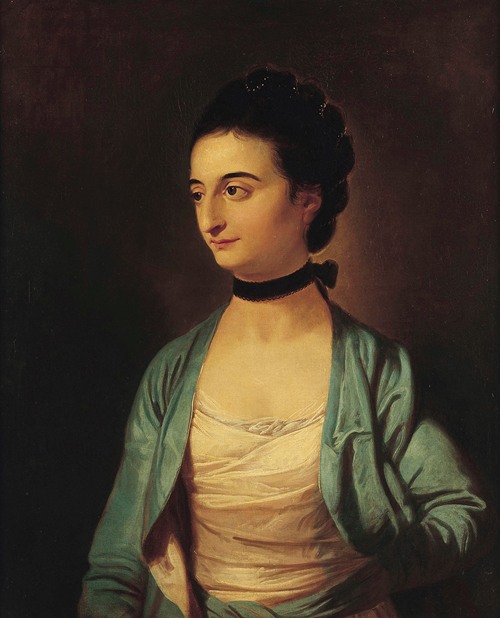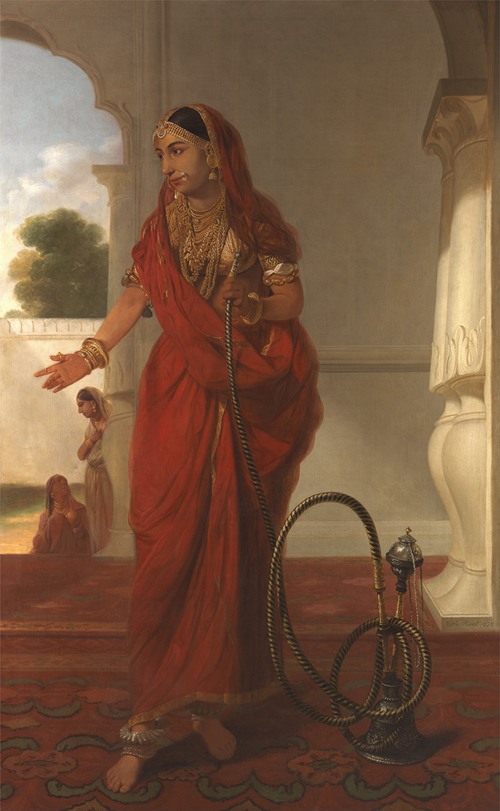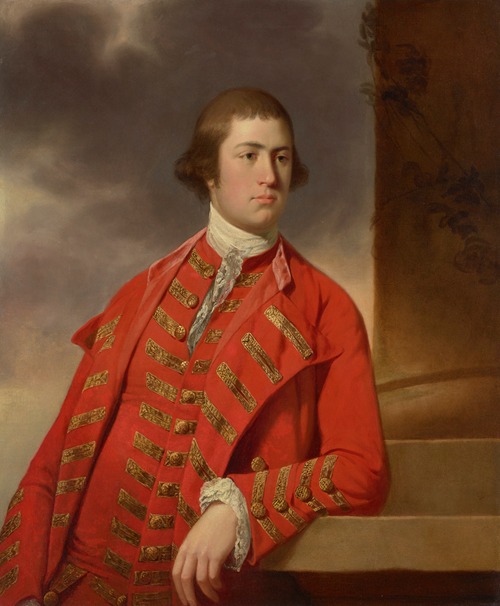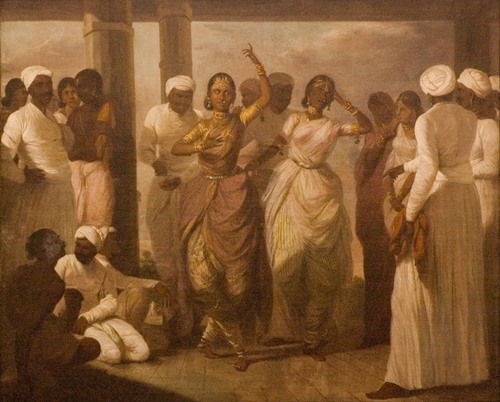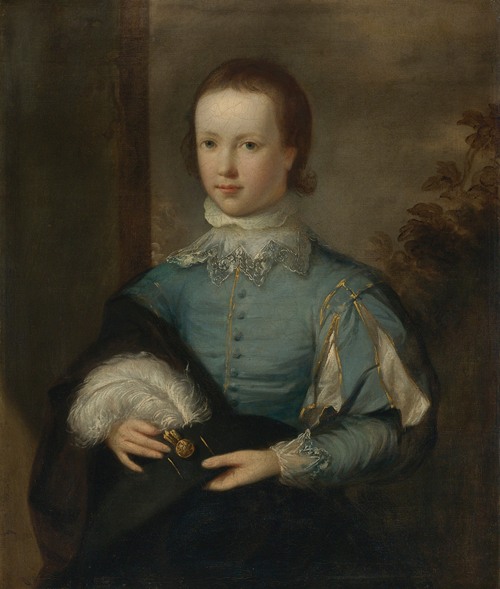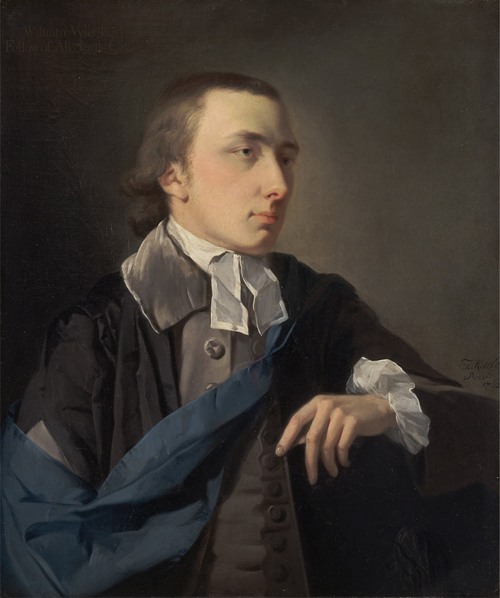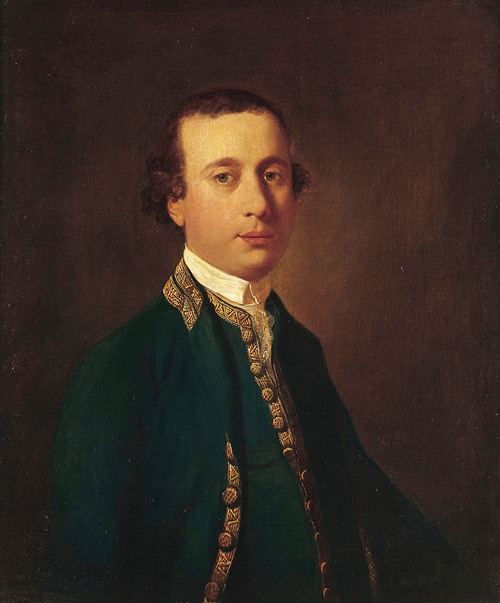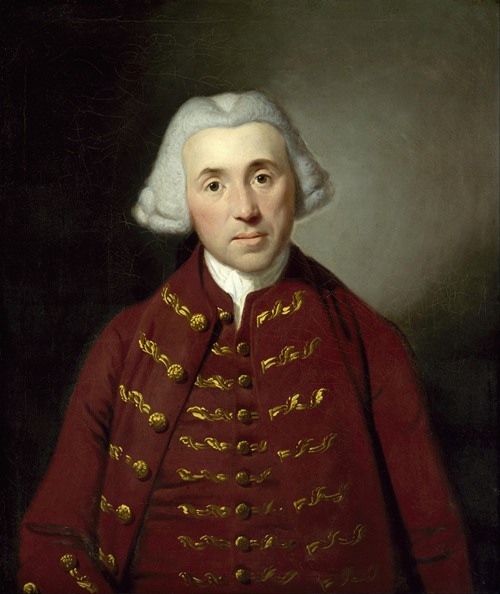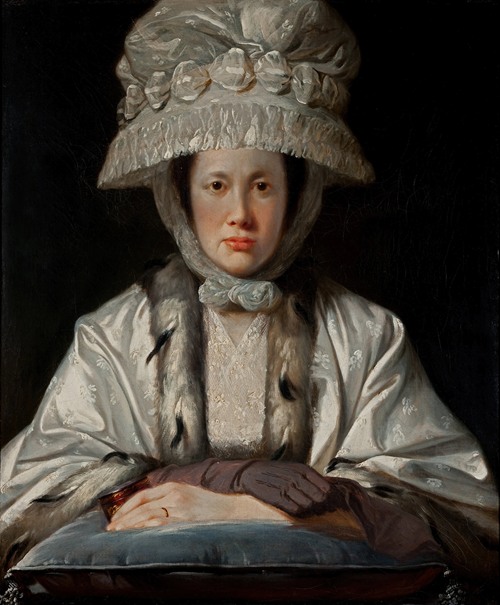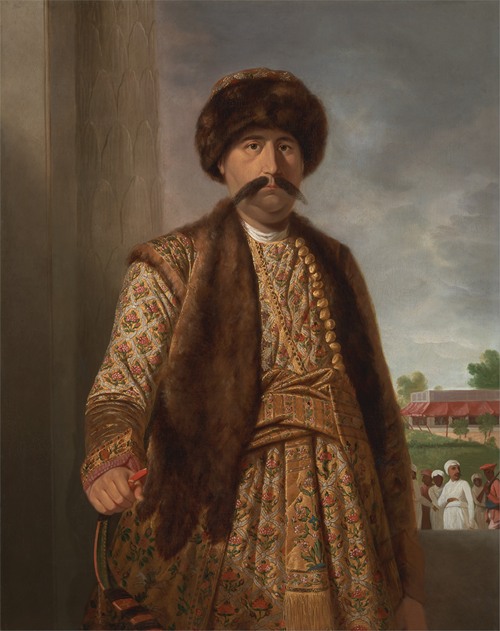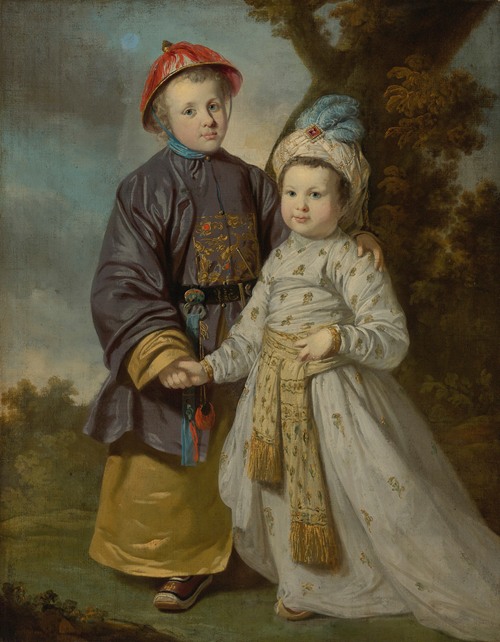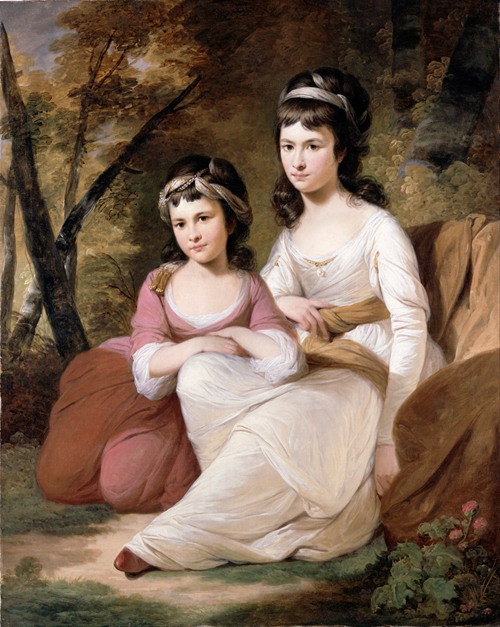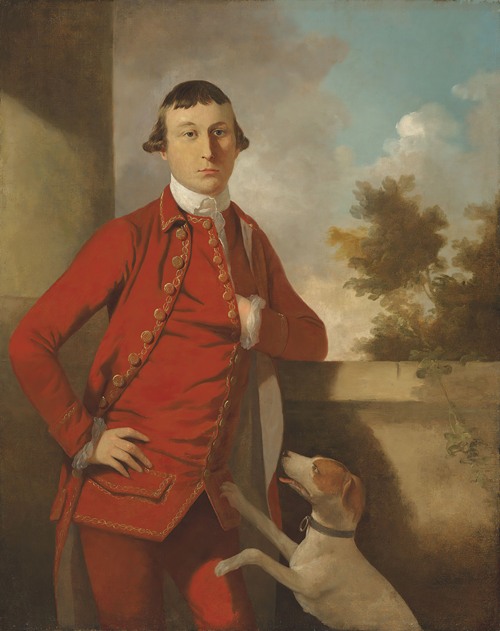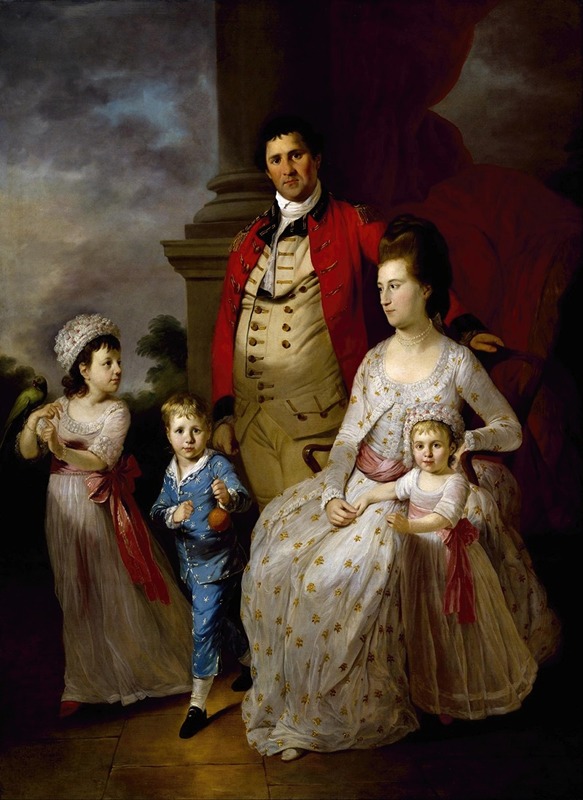

Tilly Kettle was a portrait painter and the first prominent English portrait painter to operate in India.
He was born in London, the son of a coach painter, in a family that had been members of the Brewers' Company of freemen for five generations. He studied drawing with William Shipley in the Strand and first entered professional portraiture in the 1750s.
Kettle's first series of portraits appeared in the 1760s. His first surviving painting is a self-portrait from 1760, with his first exhibit with (A. Graves, 1907) the Free Society of Artists in 1761. In 1762, he worked at restoring Robert Streater's ceiling paintings in the Sheldonian Theatre, Oxford, and painted Francis Yarborough, a doctor of Brasenose College, Oxford in 1763. He painted many members of the family of William Legge, 2nd Earl of Dartmouth. In 1764-5, he was active in London and continued exhibiting at the Society of Artists.
In 1768, Kettle sailed to India with the British East India Company, landing at Madras (now Chennai), where he remained for two years. There, he painted Lord Pigot and Muhammad Ali Khan twice (once alone and once with five of his sons). He also painted non-portraits, including Dancing Girls (Blacks) in 1772 and a suttee scene in 1776 entitled, The ceremony of a gentoo woman taking leave of her relations and distributing her jewels prior to ascending the funeral pyre of her deceased husband. In 1770 Kettle painted a half-length portrait of 'Sir' Levett Hanson, a peripatetic writer on European knighthood and chivalry originally from Yorkshire. (The portrait is now in the collection of the Bury St Edmunds Manor House Museum.)
Kettle moved on to Calcutta (now Kolkata) in 1771 and painted Shuja ud-Daula and Dancing-Girl Holding the Stem of a Hookah. In 1775, he painted George Bogle, Warren Hastings' emissary to Tibet, in Tibetan dress, presenting a ceremonial white scarf to Lobsang Palden Yeshe the 6th Panchen Lama. He also took an Indian bibi or mistress (whose name isn't recorded) and had two daughters by her, Ann (baptised 22 February 1773 in Calcutta) and Elizabeth (30 April 1774 in Calcutta).
He left India in 1776 for London, traveling on the ship Talbot. On his return, he swiftly married Mary "Polly" Paine (1753–1798) on 23 February 1777. Mary was the younger daughter of the architect James Paine and half sister of the sculptor James Paine. She brought a dowry of £5,000, while Kettle put up £3,000 toward a trust fund, set up in a pre-nuptial settlement, dated 22 February 1777, the day before their wedding, so both parties were well established. The couple had two children, a daughter, Mary, and a son, James (November 1782–1819) who joined the Madras Army in 1810, became a captain, took an Indian bibi, had a daughter in 1814 and died in 1819.
